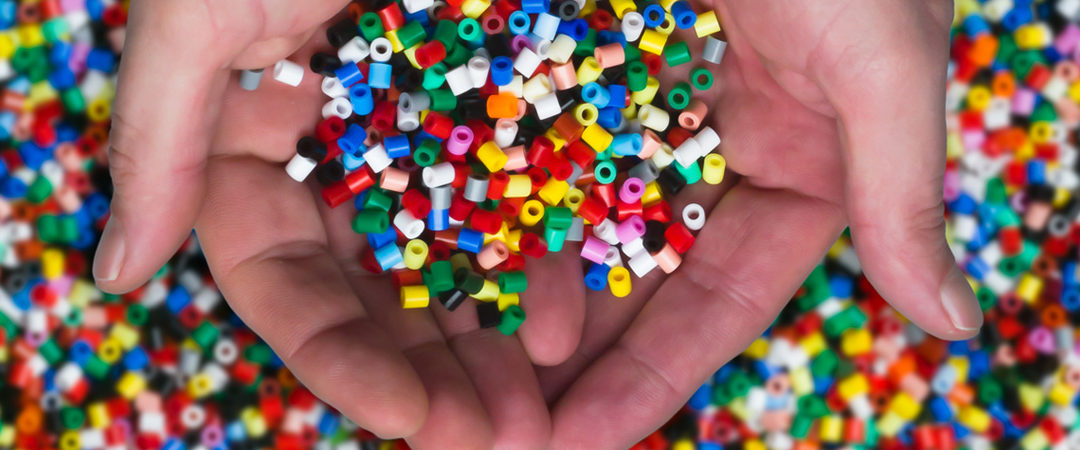Plastic bag recycling facts: 1. Plastic has astonishing strength, structural designs, and excellent recycling features. Additionally, plastic recycling is the new environmental policy trend in communities across the nation. The reprocessing of scrap or waste plastics is also in the production of useful products such as bags, microwave dinnerware, chairs, and tables, for example. Other reprocessed items include decorations, furniture, medical equipment, and other varieties of objects. There are many plastic recycling companies in South Africa but Pelmanco Recycling CC have proven beyond reasonable doubt that they are the master of the game when it comes to plastic and plastic recycling.
Uses of recycled bags
According to Pelmanco, plastics are made up of different polymers, which include:
- Polyethylene terephthalate (PET) used for beverage containers such as bottles for water, soft drinks and salad dressing, as well as in clothing industries.
- High-density polyethylene (HDPE) used in contact with food such as milk bottles, juice bottles and bottles for organic solvents and other items such as trash bags.
- Polyvinyl chloride (PVC) used in houses for making linoleum on the floor, vinyl car tops, raincoats, shower curtains, and water pipes.
- Low-density polyethylene (LDPE) used for packaging, e.g. foils, trays, frozen food bags and or plastic bags, and squeezable bottles for food and non-food purposes. You’ll also find LDPE in protective coating for paper, textiles and other plastics.
- Polypropylene (PP) used for microwavable dinnerware, margarine tubs, and disposable cups and plates. You can also find PP in ropes, carpets and thermal under wares.
- Polystyrene (PS) or Styrofoam used for egg cartons, disposable plates and cutlery, and for safe shipping of fragile products. It can also be used as packaging material to preserve hotness or coldness of beverages in cups.

Plastic bag recycling facts: 2. are categorized according to their resin identification code that includes the identification of polymers. Through uniform identification of codes to polymer types, recyclers could easily classify plastics according to their resin types. Plastic recycling has different methods and different uses. The code indicates the economically feasibility of plastic recycling.
The economical considerations
Plastic bag recycling facts: 3. Nowadays, recycling of plastic is not only for business purposes but also for environmental reasons. The more plastics you recycle, the more money you save. And at the same time, the more you contribute to the environment. Compared to wood, paper, cardboard, glass and metal, plastic recycling is somewhat complex since it requires extensive processes. This is because of the intermolecular forces of attraction between polymer chains. Plastic recycling companies in South Africa like Pelmanco understand this and carry these process out effectively.
One way for effective and efficient plastic recycling is through the use of dyes and fillers commonly used in beverage bottles and plastic bags. Thus, recycling is much easier and most preferable done this way.
Collecting products, e.g. plastic bottles, out of our garbage cans and even in our landfills, and identifying their polymer types, are best practices for effective recycling. From time to time, plastic recycling can actually become a source of income without causing damage to the environment. Pelmanco Recycling cc is a plastic recycling company that manufactures plastic pellets. We also sell and buy mix plastic, clear plastic, consol plastic, wrap plastic etc.


Recent Comments